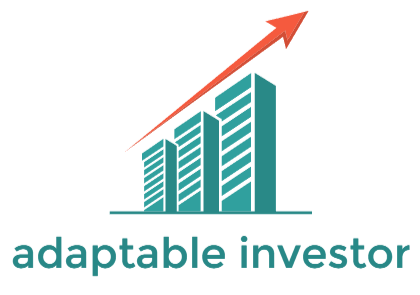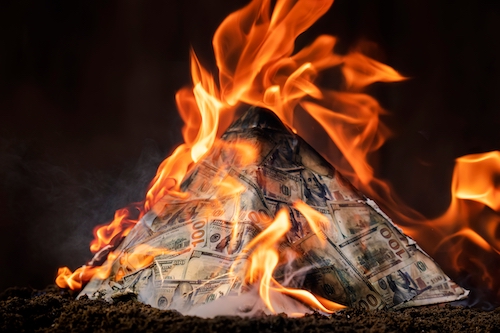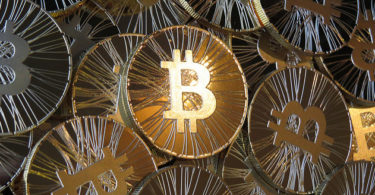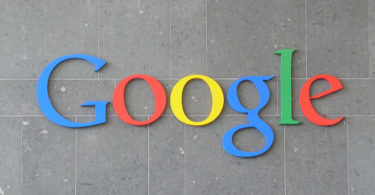BY JIM RICKARDS
All the talk right now is about recession. Are we in one right now?
The spinmeisters in the Biden administration and the media are of course trying to redefine a recession in an attempt to get ahead of the news cycle.
But today, I want to take the longer view and see the bigger picture. What is it? Here it is:
The economy remains stuck in the New Great Depression.
I’ve talked about the New Great Depression before. But I’ve gained a lot of new readers since I last wrote about it, who may not be familiar with the term — or the reasons why we’re mired in a depression.
And long-standing readers who may be familiar with the term could probably use a reminder. So let’s dig in…
A Depression? Really?
I’ve maintained that the United States has been living through a New Great Depression that began in 2007. It’s part of a larger global depression, the first since the 1930s. This New Great Depression will continue indefinitely unless policy changes are made in the years ahead.
(I wrote an entire book about the New Great Depression, in fact, and how you can actually prosper during it. Go here to take a look).
Calling the current economic malaise a depression comes as a surprise to most investors. And I admit that talk of a new depression seems confusing at best. Where are the soup lines? Where’s the 25% unemployment rate?
Investors have been told that the economy is in a recovery that started in 2009. It was disrupted by COVID in 2020, but we were back on the road to growth after the lockdowns ended.
Of course, mainstream economists and TV talking heads never refer to a depression.
Economists don’t like the word “depression” because it does not have an exact mathematical definition. For economists, anything that cannot be quantified does not exist. This view is one of the many failings of modern economics.
A Conspiracy of Silence
No one under the age of 90 has ever experienced a depression until now. Most investors have no working knowledge of what a depression is or how it affects asset values. And economists and policymakers are engaged in a conspiracy of silence on the subject. It’s no wonder investors are confused.
Other observers can point to the declining unemployment and rising stock prices of the pre-COVID years as evidence that we were not in a depression. But they miss the fact that unemployment can fall and stocks can go up during a depression. GDP growth, rising stock prices and falling unemployment can all occur during depressions.
The Great Depression lasted from 1929–1940. It consisted of two technical recessions from 1929–1932 and again from 1937–1938. The periods 1933–1936 and 1939–1940 were technically economic expansions. Unemployment fell and stock prices rose.
But the depression continued because the U.S. did not return to its potential growth rate until 1941. Stock and real estate prices did not fully recover their 1929 highs until 1954, a quarter century after the depression started.
So the starting place for understanding depression is to get the definition right. That’s critical.
The Real Meaning of Depression
You may think of depression as a continuous decline in GDP. The standard definition of a recession is two or more consecutive quarters of declining GDP and rising unemployment. Since a depression is understood to be something worse than a recession, investors think it must mean an extra long period of decline.
But that is not the definition of depression.
The best definition ever offered came from John Maynard Keynes in his 1936 classic The General Theory of Employment, Interest and Money. Keynes said a depression is “a chronic condition of subnormal activity for a considerable period without any marked tendency either toward recovery or toward complete collapse.”
Keynes did not refer to declining GDP; he talked about “subnormal” activity. In other words, it’s entirely possible to have growth in a depression. The problem is that the growth is below trend. It is weak growth that does not do the job of providing enough jobs or staying ahead of the national debt. That is exactly what the U.S. is experiencing today.
The long-term growth trend for U.S. GDP is about 3%. Higher growth is possible for short periods of time. It could be caused by new technology that improves worker productivity. Or it could be due to new entrants into the workforce. From 1994–2000, the heart of the Clinton boom, growth in the U.S. economy averaged over 4% per year.
For a three-year stretch from 1983–1985 during the heart of the Reagan boom, growth in the U.S. economy averaged over 5.5% per year. These two periods were unusually strong, but they show what the U.S. economy can do with the right policies.
Below-Trend Growth
By contrast, growth in the U.S. from 2007–2013 averaged 1% per year. Growth up until 2020 was only marginally higher. Then there was 2020. You could say the severe pandemic-inspired recession of 2020 was a unique outlier, but growth for the preceding decade was below the long-term trend.
You can’t count 2021’s 10% GDP growth because the economy virtually shut down in 2020, so that growth came off a very low baseline.
The larger trend we’ve been experiencing is the meaning of depression. Again, it isn’t necessarily negative growth, but below-trend growth. The past decade-plus of sub-2% growth, when the historical growth is 3%, is a depression exactly as Keynes defined it.
And now we’re either in, or heading toward, outright recession.
Put aside today’s supply chain disruptions and the inflation that derives in large part to them. Even before they became an issue, growth wasn’t strong because the problem in the economy wasn’t monetary, but structural.
The Economy Needs Structural Changes
That’s the real difference between a recession and a depression. Recessions are cyclical and monetary in nature. Depressions are persistent and structural in nature. What do I mean by structural changes?
Shifts in fiscal and regulatory policies. The list is long but would include things like lower taxes, approval of the Keystone Pipeline (I’m talking to you, Joe Biden!), expanded oil and gas production, fewer government regulations and an improved business climate in areas such as labor laws, litigation reform and the environment.
They don’t include Build Back Better or a Green New Deal. They’re structural changes, but the wrong structural changes. They would only make things worse.
Power to make structural changes lies with the Congress and the White House. Until structural changes are made by law, this new depression will continue and the Fed is powerless to change that.
False Starts, False Dawns
What makes it a depression is ongoing below-trend growth that never gets back to its potential. That is exactly what the U.S. economy has been and is experiencing. The New Depression is ongoing.
Growth never seems to get traction. First there are some signs of growth, and then the economy quickly slips back into low-growth or no-growth mode. The reason is simple.
Typically, a recovery is driven by the Federal Reserve expanding credit and rising wages. When inflation gets too high or labor markets get too tight, the Fed raises rates. That results in tightening credit and increasing unemployment.
This normal expansion-contraction dynamic has happened repeatedly since World War II. It’s usually engineered by the Federal Reserve in order to avoid inflation during expansions and alleviate unemployment during contractions.
The result is a predictable wave of expansion and contraction driven by monetary conditions. So that’s where we are today.
Unfortunately, there’s no end in sight to the New Great Depression.
Regards,
Jim Rickards
Recently Signed Exec Order 14067 Will Be Disaster for Retirement Accounts
Sponsored By: Paradigm Press
On March 9, Biden signed Executive Order 14067, which could pave the way for the new US currency called Biden Bucks. Dems could use this to hold onto power indefinitely. Please view this warning now.
Originally published on DailyReckoning.com







